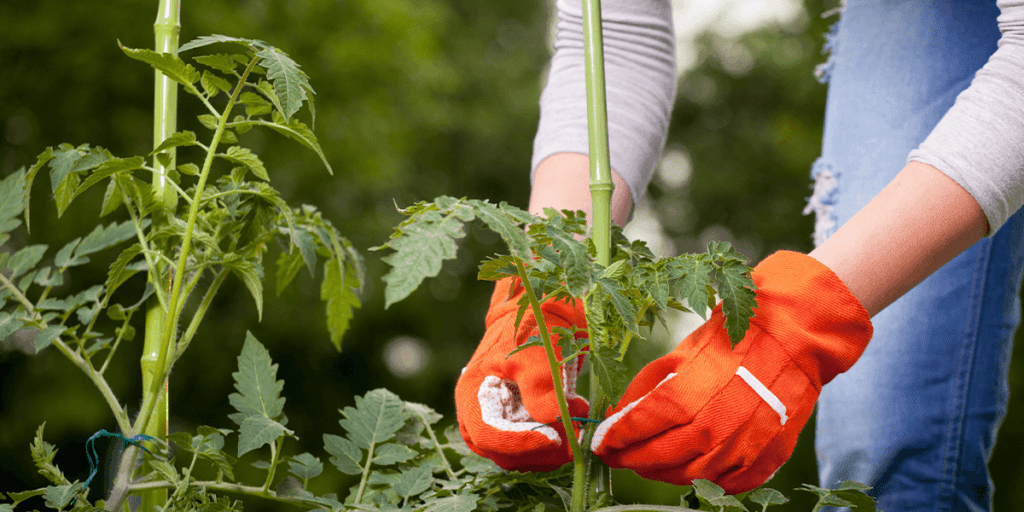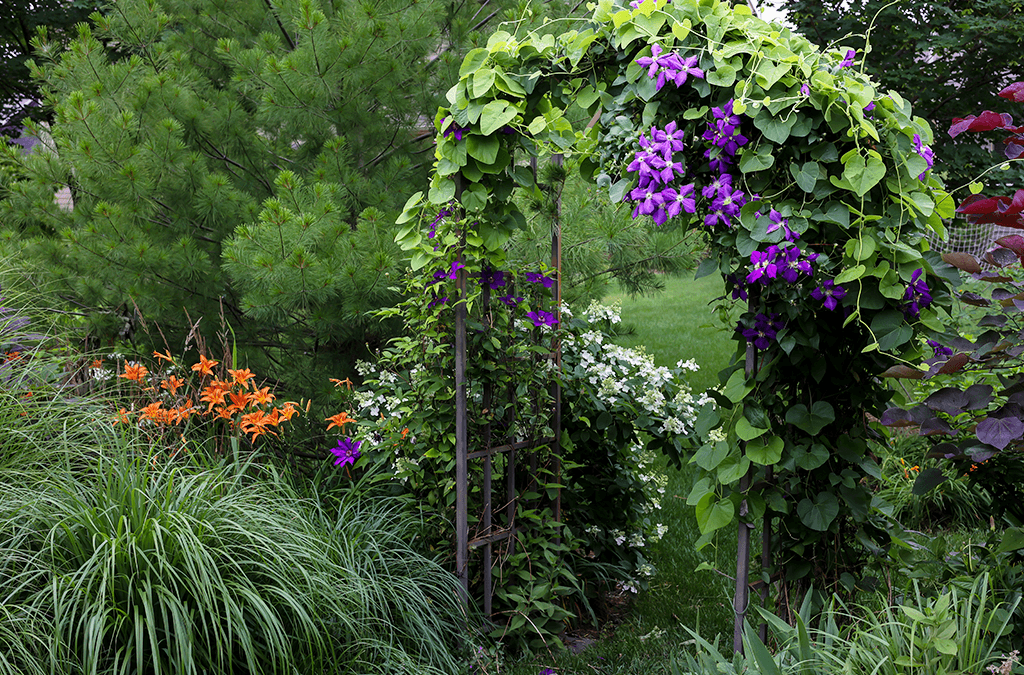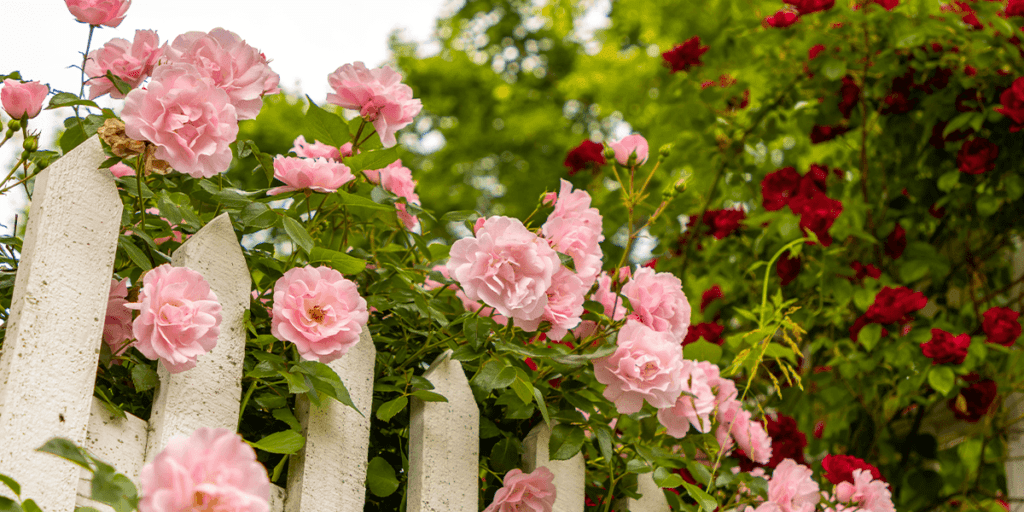Many plants in our gardens need some help with strength and stability. Vines, indeterminate varieties, certain vegetables, and more can benefit from a little bit of structure to keep them stable and strong while they grow. Here’s what you need to know.
Why Support Structures are Important for Your Garden
Certain plants may need support for a variety of reasons. Vines and indeterminate varieties of plants need structural support for their long, slender stems, such as indeterminate tomatoes and squash. Plants with heavy flowers or fruit may need support for the extra weight, too. Some plants simply need extra help if they are in a particularly windy location to prevent breakage. When in doubt, it’s better to provide the extra support than risk losing the plant on a windy day!
How to Tie Your Plants to Support Structures
The most accessible materials for fastening your plants to support structures include twist ties, strips of pantyhose, or twine. Regardless of which material you use, ensure that they are not tied too tightly to the support structure so that the plant has room to grow and bend without breaking. Some vines will have tendrils and attach themselves to structures or wind around them, but you can always tie them if you want to train your vines to go in a specific direction. Before you set your plant up, be sure to sanitize your structures so that they don’t introduce any disease or pests to your plants.
Types of Support Structures
 Stakes
Stakes
Stakes are the most common support structure because they are easy to install and are versatile. When using stakes, be sure to push them into the ground a few inches from the stem of your plant so that it doesn’t damage the roots. If you stake your garden before you plant, you can place your plants right next to the stake without issue.
 Fences
Fences
Chances are that you have fences around your yard, so why not let plants grow along them? Using fences for structural support is an easy way to use what you already have and create a cohesive look in your garden. Using fences is as easy as planting a rosebush beside the fence and propping the branches between the pickets or vertical boards.
Trellises
Trellises provide a latticework support structure for the vines in your garden. They will naturally climb a trellis, but you can train them with a bit of twine if you want to direct their growth. Trellises are great options to divide areas of your garden or to attach to walls for climbing plants such as roses. They are relatively versatile and can provide aesthetic appeal to your outdoor space.
 Pergolas
Pergolas
While not traditionally a support structure, you can add trellises to the support beams of your pergolas to encourage vines to climb and surround it with greenery! It will make your pergola a cohesive part of your landscape, and give your vines somewhere to grow as well.
Cages
The best plants for cage supports are bushy plants such as determinate tomatoes, hydrangea bushes, and peonies. The cages act as a containment structure to support the branches that carry heavy blooms and fruit, preventing the plant from falling under the weight. They also keep the plant in its bushy shape, which will keep your garden looking structured and aesthetically pleasing.
Arbors
If you have a fenced garden or yard, adding an arbor covered in vining, blooming plants is a traditional and elegant way to incorporate vertical elements into your yard while providing structure for your vining plants. Roses, hops, and ivy are fantastic options for arbors.
If you’re looking for garden support structures near you, visit us at Platt Hill Nursery today. We’d be happy to recommend the right support structures for your plants and help ensure that you have set your garden up for a successful season!
Platt Hill Nursery es el principal centro de jardinería y vivero de Chicago.


 Fences
Fences Pergolas
Pergolas